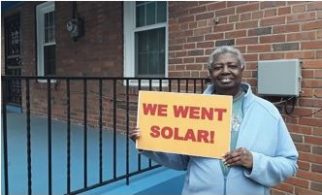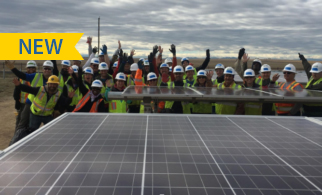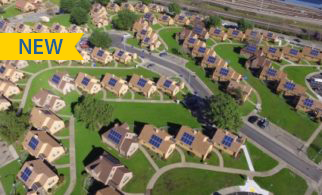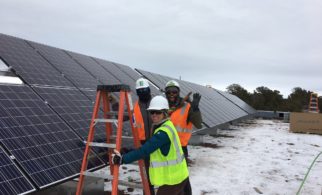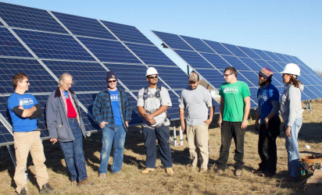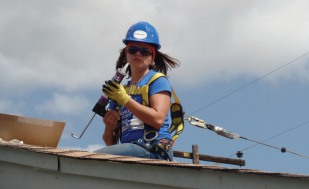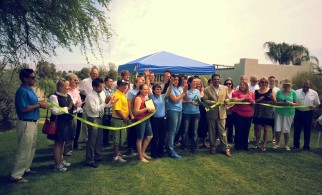Federal Energy Assistance Programs
Guiding principles: Accessibility, Community Engagement, Compatibility and Integration
Barriers addressed: Cost, Compatibility and Integration, Market Forces
Nationwide, in the past five years federal energy assistance funding under the U.S. Department of Health and Human Services’ Low Income Home Energy Assistance Program (LIHEAP) and the U.S. Department of Energy’s Weatherization Assistance Program (WAP) has totaled approximately $15 billion. Both of these programs are vital in assisting low-income families to pay their energy bills, provide weatherization services, and install health and safety improvements for their homes. However, there is a growing interest in directing more federal energy assistance funds toward investments such as solar, which can help low-income families reduce their energy burden and move toward greater self-sufficiency, as described in a recent George Washington Solar Institute report and in a report for Vote Solar.
LIHEAP provides direct utility bill assistance to help households cover their energy costs and keep their utilities running. LIHEAP has historically received between $2.5 and $4.5 billion per year in congressional funding and provides approximately 6.7 million households with heating or cooling assistance annually. Eligibility for LIHEAP is limited to households with incomes between 150% and 185% of the federal poverty income guidelines or, if greater, 60% of the state median income. The federal LIHEAP program allows state administering offices to transfer up to 25 percent of LIHEAP monies to weatherization programming. For approval to use LIHEAP monies for solar, state LIHEAP administrators must include the solar as a measure in their state energy plans.
The DOE’s WAP provides assistance to help low-income households reduce their energy bills by making their homes more energy efficient. Typical weatherization measures include insulation, duct sealing, and repairing or replacing appliances and HVAC systems. The WAP recently clarified its rules for allowing some of the available funding for families receiving weatherization services to be used for solar pilot programs, in Memorandum 024. In addition, WAP provides Grantees who wish to use renewable energy measures with a Solar Template for Incorporating Solar Photovoltaics into WAP. This Template streamlines the process for Grantees to gain approval to use WAP funding to install renewable measures.
Directing energy assistance dollars to solar investment could be a sustainable solution for helping families decrease their energy burden and move toward energy independence. Rather than paying families’ unaffordable energy bills year after year, using these funds for solar installations, in addition to weatherization and health and safety improvements, creates lasting structural change.
In 2010, the California Department of Community Services & Development (CSD) set aside $14.7 million, a portion of its annual federally-funded LIHEAP allocation, under the U.S. Department of Health and Human Services, to fund an innovative pilot program that allowed 1,482 low-income households to receive fully installed solar systems. The California pilot program ended in 2012.
The DOE recently authorized Colorado, through the Colorado Energy Office (CEO), to be the first state to integrate rooftop solar into its WAP program. CEO created a pilot leveraging eligible WAP funding and matching incentives from Xcel Energy Colorado, aiming to comprehensively address energy burden through weatherization and solar for 300 low-income households by 2019. Visit the Colorado Single-Family page and see the National Renewable Energy Laboratory report “Reducing Energy Burden with Solar: Colorado’s Strategy and Roadmap for States.” for more information.
